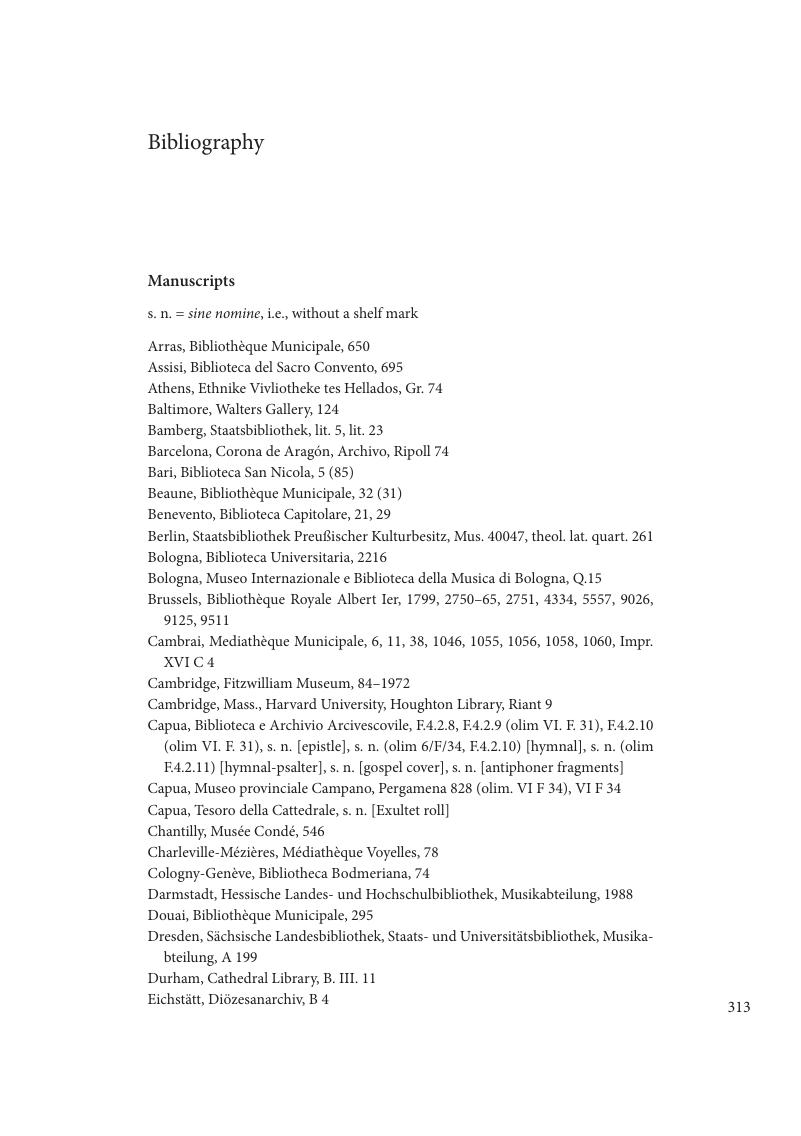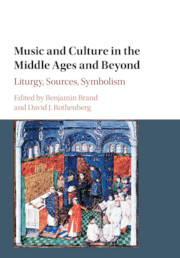Book contents
Bibliography
Published online by Cambridge University Press: 03 November 2016
Summary

- Type
- Chapter
- Information
- Music and Culture in the Middle Ages and BeyondLiturgy, Sources, Symbolism, pp. 313 - 350Publisher: Cambridge University PressPrint publication year: 2016



